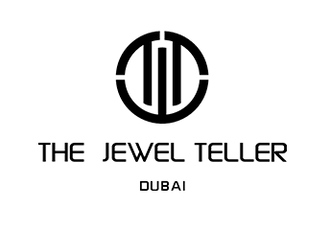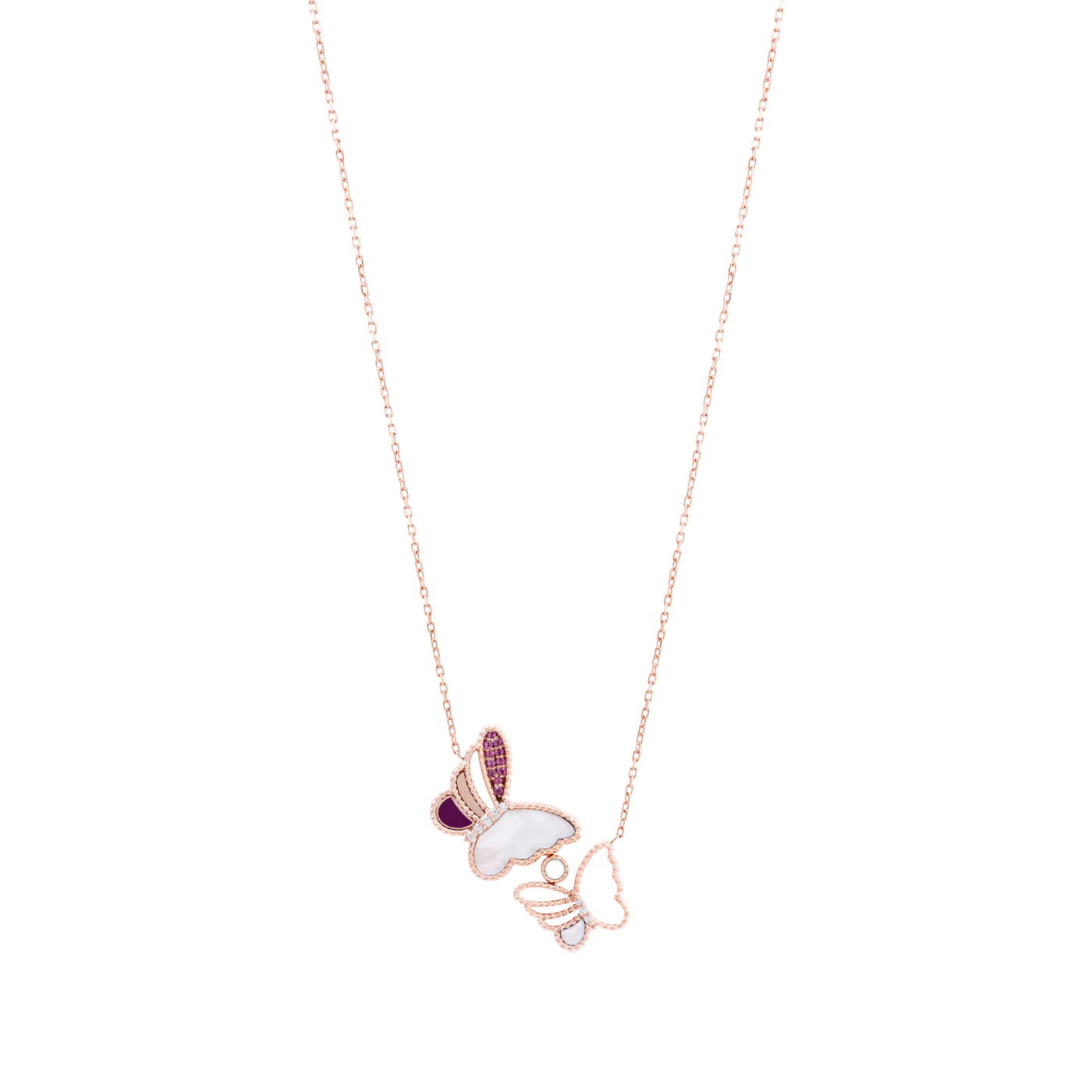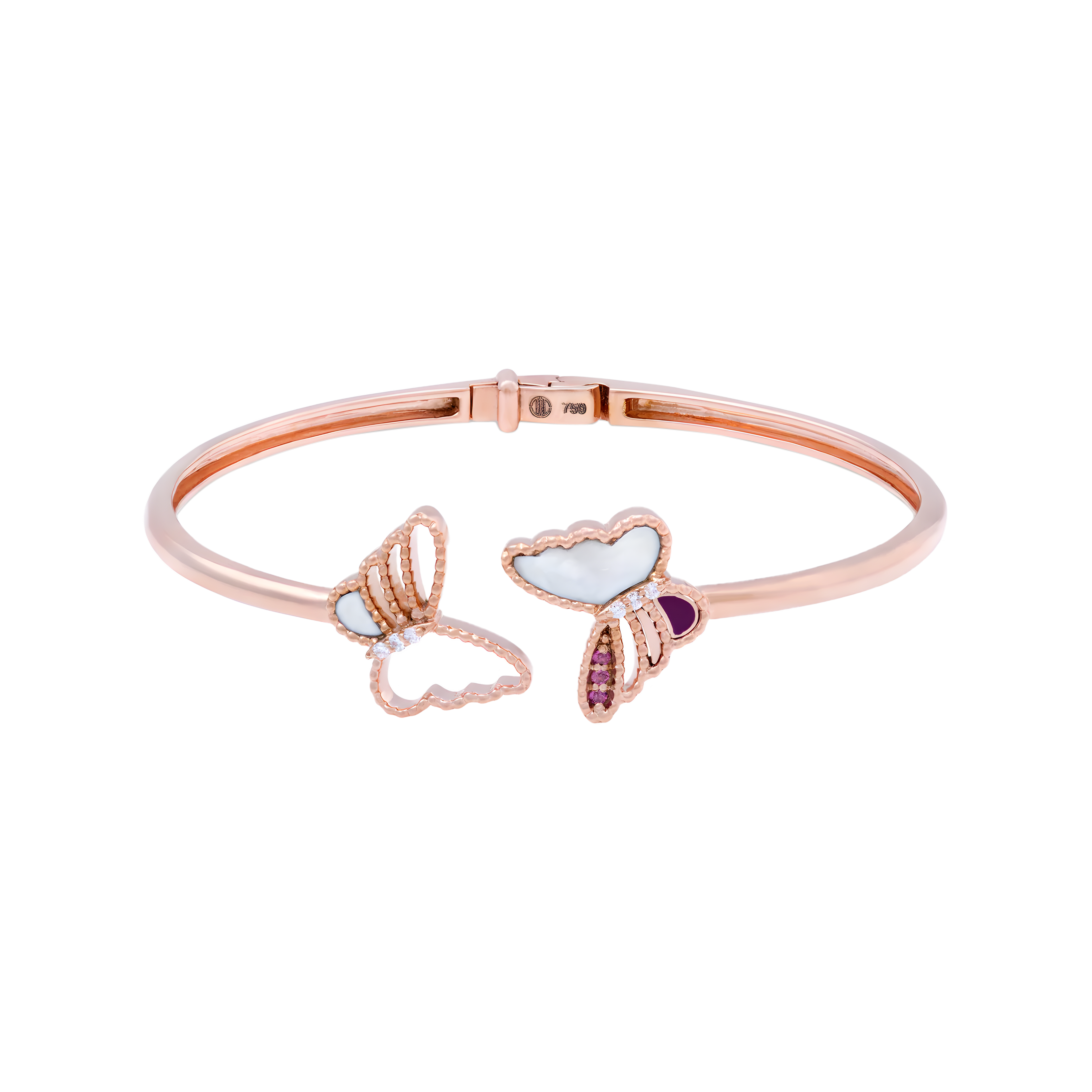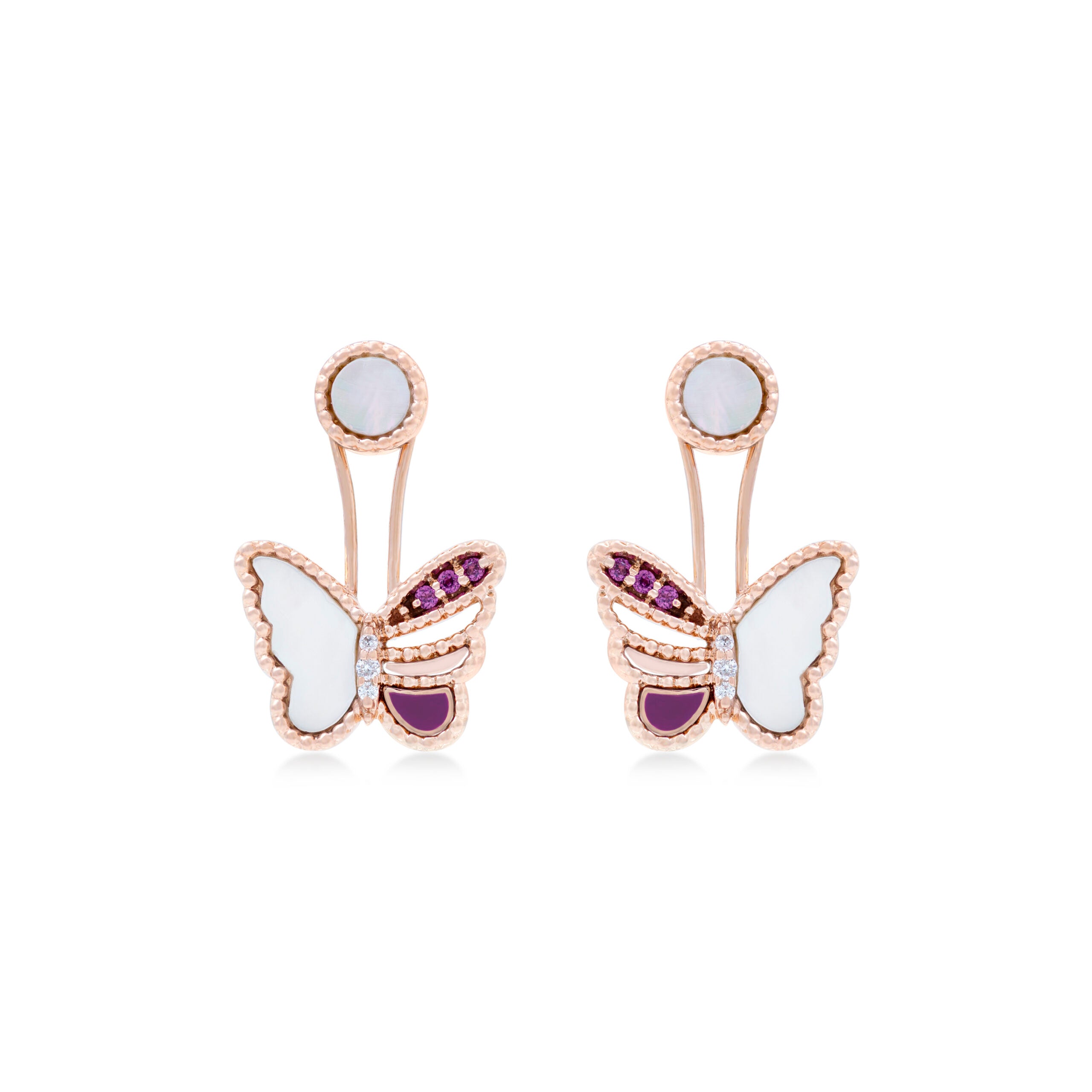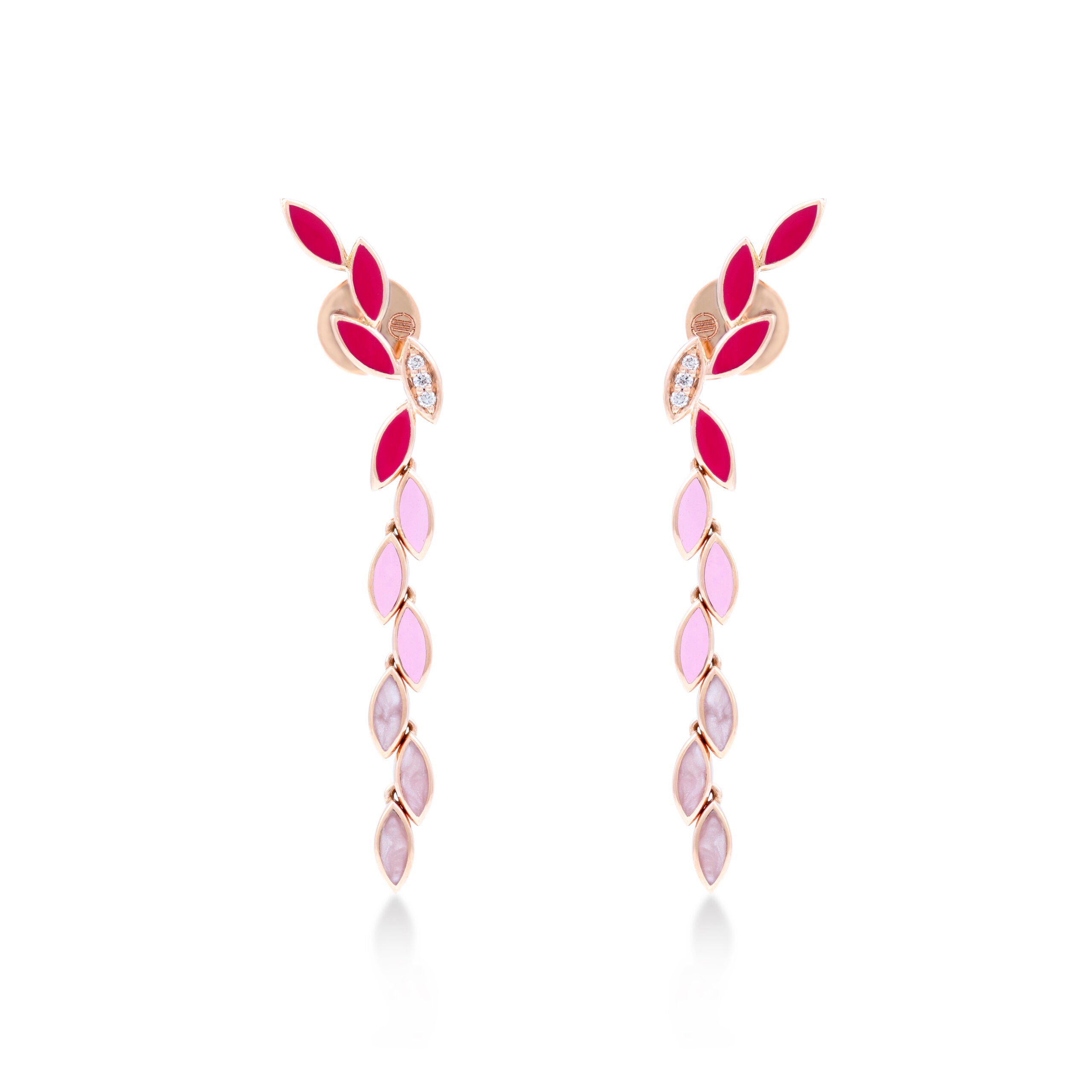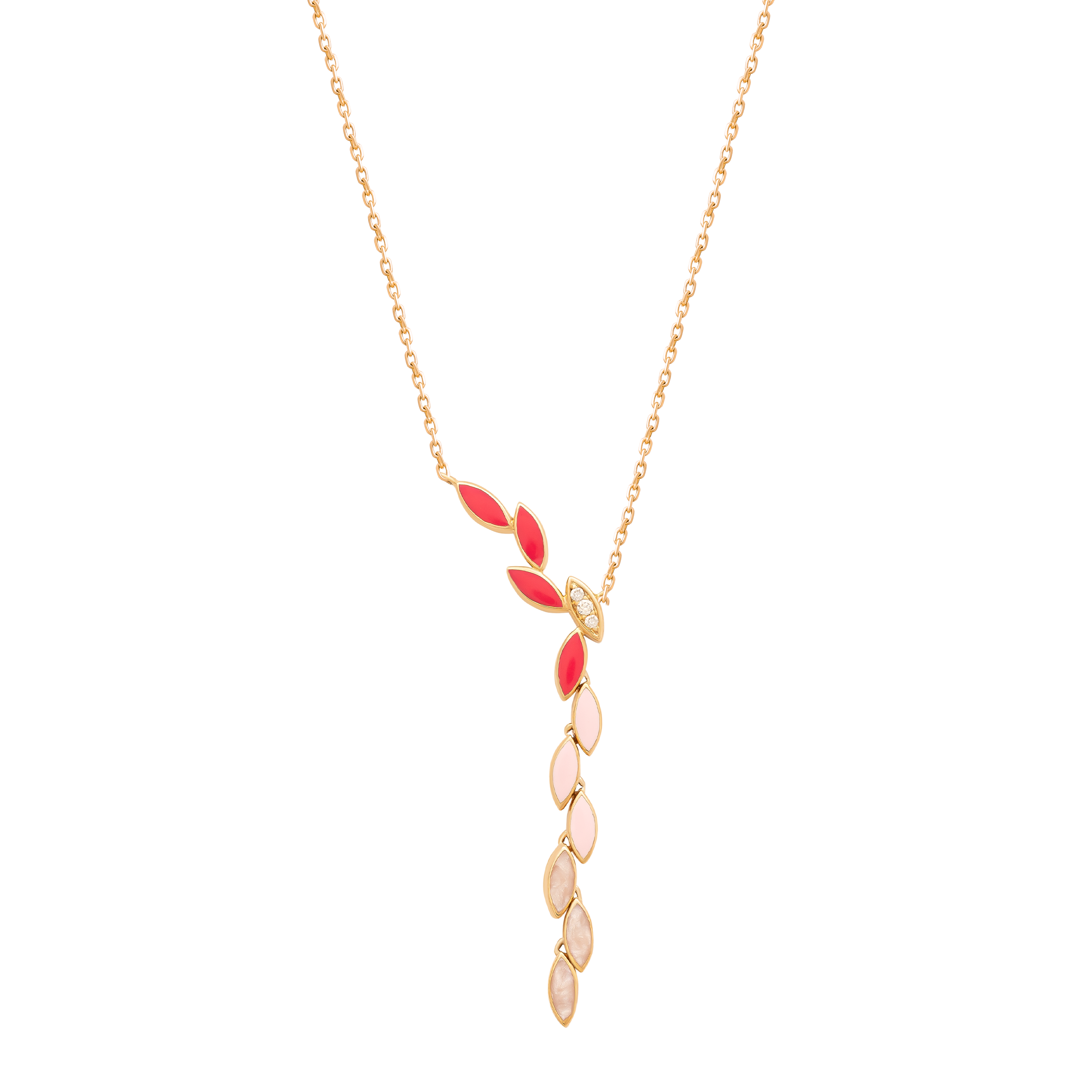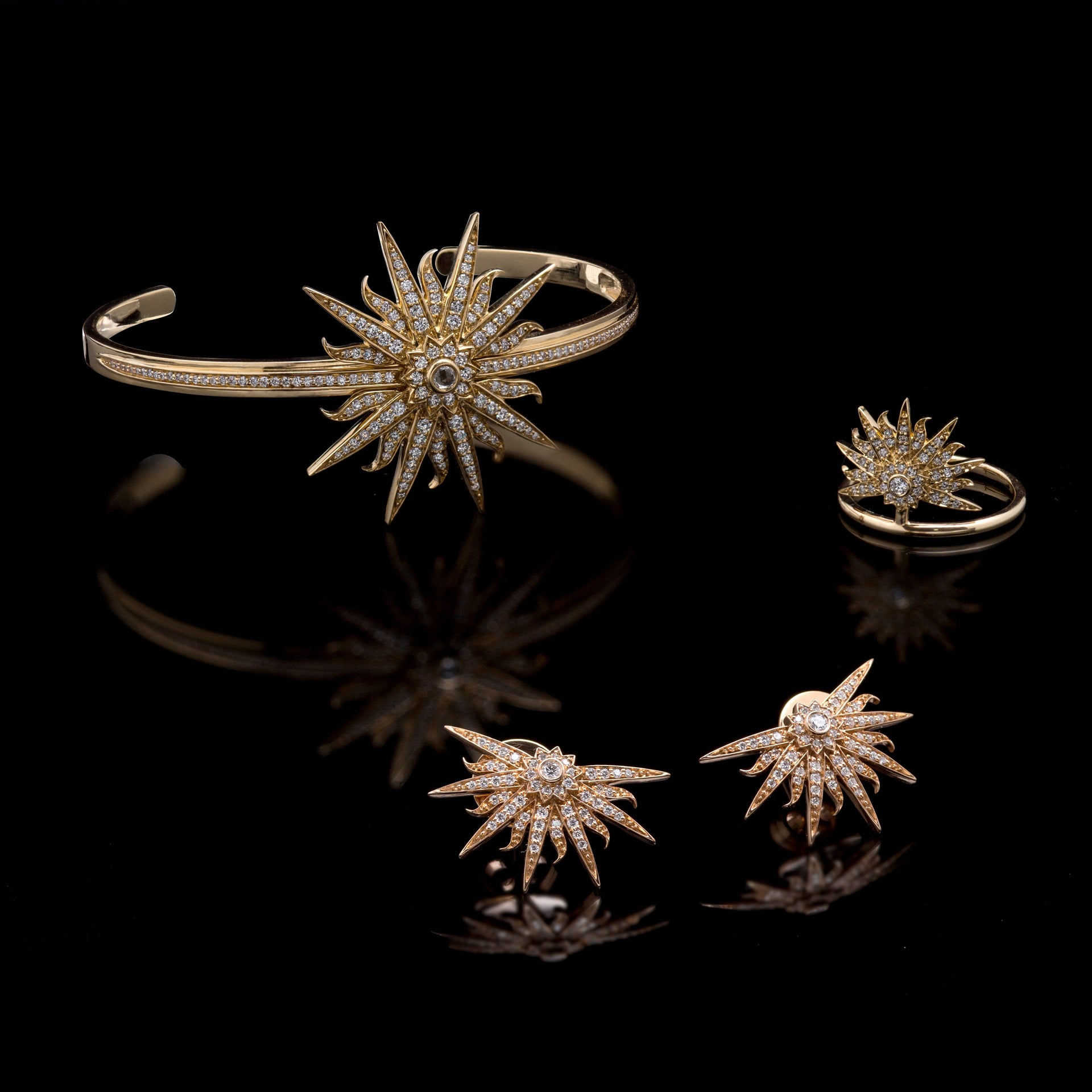A well known destination for luxury tourism, Dubai has its own growing market for high end jewelry which shows the culture and the modernism and globalization of Dubai. The market for fine jewelry in Dubai goes beyond making beautiful ornaments. It is a rich tapestry woven from the history of the city and its people and lifestyles.
This article explores the interrelation of culture, identity, heritage and modernity in defining what features are there in the foreign market that fine jewelry brands in Dubai may incorporate in marketing modern influences.
Cultural background of Dubai and fine jewelry
The culture of Dubai is predominantly Arabian, and it sets the stage for Dubai’s fine jewelry market. In the Emirati culture, jewelry was used for more than just decoration. It is a representation of family ties and wealth. The traditional designs are made up of gold, pearls, and gemstones which for centuries have been associated with the region's love for extravagance and its connection to the pearl diving industry.
Jewel Teller and other fine jewelry brands in Dubai have integrated these cultural influences by adopting traditional symbols in their collections. Designs based on Arabic scripts, Islamic ornamentation, and symbols like palm trees and cockleshells are popular. These types of designs are appealing to both locals and foreigners, and help the brands to stay connected to Dubai's history while serving a wider market.
Impact of Design by Diversity
The multicultural nature of Dubai has defined its identity. The city has people from more than 200 nationalities which makes it a global village. This multicultural environment has a remarkable impact on the high-end jewelry market, as brands serve consumers from different cultures with different tastes.
To satisfy the needs of international customers, contemporary jewelry designers in Dubai have both traditional and modern pieces. Simple Western designs are set next to intricate, beautifully detailed pieces preferred by Middle Eastern clients. For instance, Jewel Teller and most other luxury brands tend to diversify their lines and make pieces that blend new styles with old art to capture a larger customer base without losing their exclusiveness.
Also, the different cultures imply different materials and colors when making jewelry. Gold is of course the most common, but brands experiment with platinum, white gold, and different gemstones to meet varying preferences. There is also an increase in demand for changes in design which allows the consumers to add their own culture to the pieces, which deepens the relationship between the brand and the customers.
Festivals and Traditions and Their Importance
The occurrence of joy and festivity in Dubai is imprinted on the jewelry market being an influential market. Ramadan, Eid, weddings, and the National Day are amongst the most important public holidays and such occasions witness higher sales turnover, especially in high-end jewelry business because Dubai has a well established culture that revolves around gift giving for the sake of love, admiration, and wealth.
Jewel Teller and other brands during this time of the year introduce limited collections that are tailored to fit the market's demands during these festivals. While these Eid collection jewelry are stylish, they are also filled with cultural symbolism, such as crescents, stars, and other Emirati traditional art. Additionally, bridal collections also take a huge share of the market and are a necessity in Dubai filled with finely crafted pieces and gemstones embezzled into the city’s beautifully elegant taste.
New Trends Influencing Fine Jewelry Firms
The pace at which Dubai is transforming and developing multicultural connections has not spared fine jewelry brands from the need to embrace new trends. Young people today do appreciate their culture, but have adopted a fast-paced lifestyle which modernizes every aspect of their lives. Thus, brands are beginning to integrate more designs that are clean, simple, and easy to use on a day-to-day basis as well as formal pieces.
Sustainability now serves as another trend influencing the ecosystem. Socially responsible sourcing of gemstones, environmentally friendly production processes, as well as information transparency rank among the most important factors for fine jewelry brands today. The luxury leadership that Dubai has provides a platform for multiple brands like Jewel Teller to capture like-minded, eco-sensitive consumers without compromising on quality and luxury.
Along with that, technology has affected the development, marketing and selling processes of fine jewelry in Dubai. Virtual try-ons, digital enabling, and brand innovations have improved the normal shopping experience. The fine jewelry brands have also joined social media and e-commerce, making their designs and products available to the diaspora while keeping their cultural identity.
Fusing Your Culture with Modernity
The main reason why fine jewelry Pauls in Dubai are seamless is because they are strategically merging the old with the new. Because of this, they can create collections that appeal to all demographics and are more marketable because they respect the cultural roots of the city, while also treating the era’s influence as something to cherish.
An example of this would be Jeweler Teller, who strikes this balance by presenting designs that incorporate modern practicality into traditional Arabian art, creating an exquisite portfolio of timeless yet trendy pieces that maketh both local and international customers want more.
This goes to show that malls like The Dubai Mall and Mall of the Emirates which contain the flagship stores of countless renowned fine jewelry brands, as well as counters for homegrown jewelry makers, perfectly integrate the modern and ancient worlds. These pieces capture the identity of the city perfectly, enabling every customer to get the best of Dubai.
Conclusion
The culture is an important input in the Dubai fine jewelry market. Traditional and contemporary styles are embraced by fine jewelry brand in Dubai as they assimilate the city’s rich culture which is deeply rooted in heritage and art. Jewel Teller is an example of how cultural knowledge layered over modern design has the potential to appeal to an international audience.
As much as the city is developing into an international luxury hub, culture, tradition and innovation will continue to be the backbone of its fine jewelry industry. The evolution of the Jewelry industry should reflect the cultural identity of the city and at the same time help Dubai strengthen its standing in the global community.
